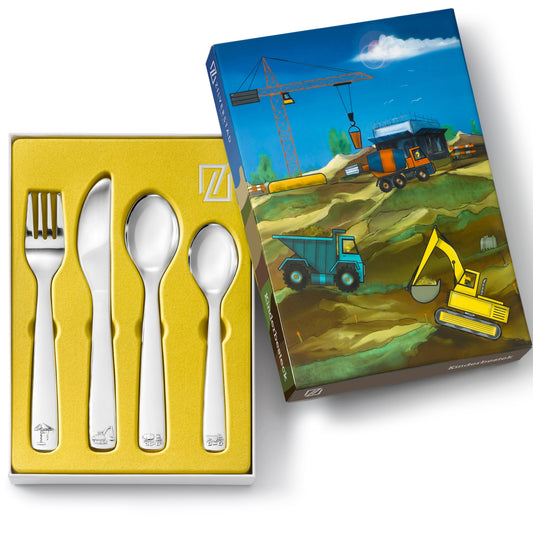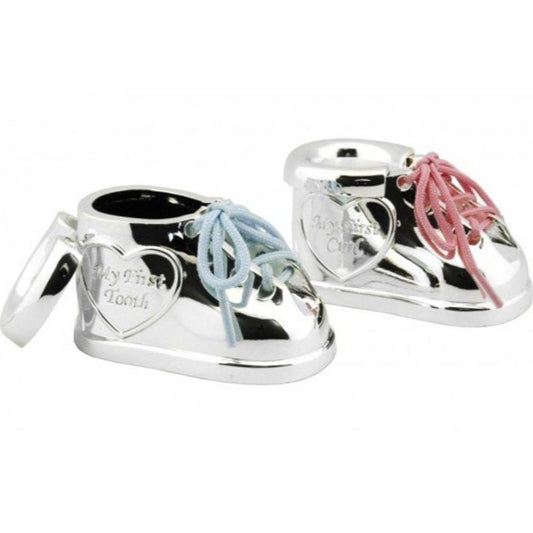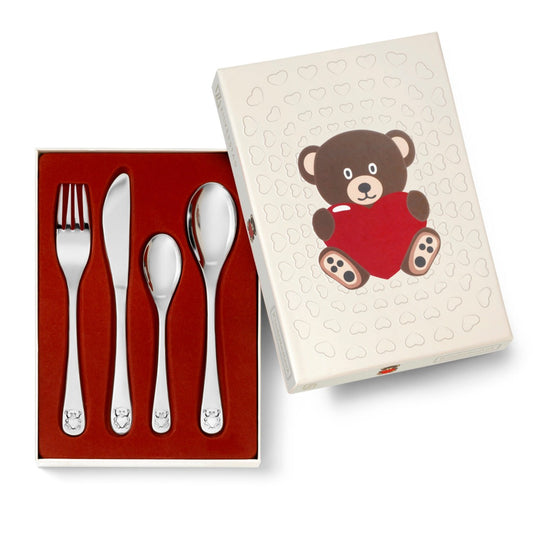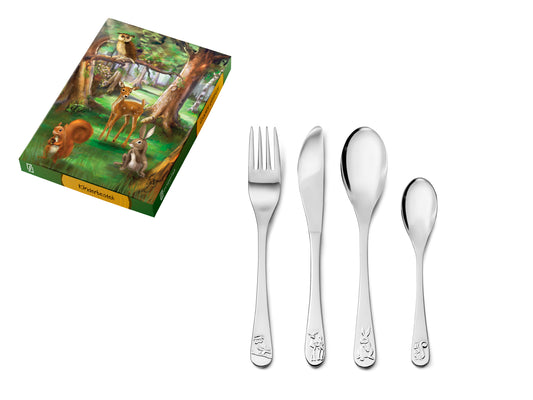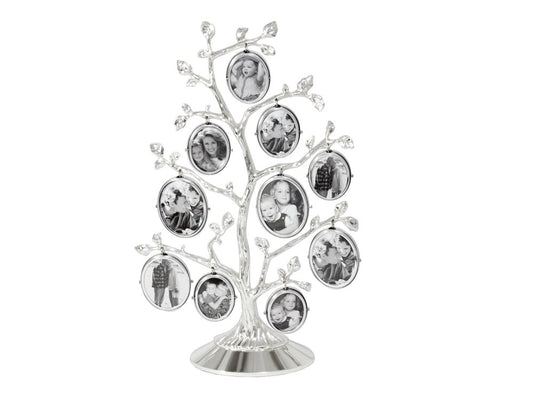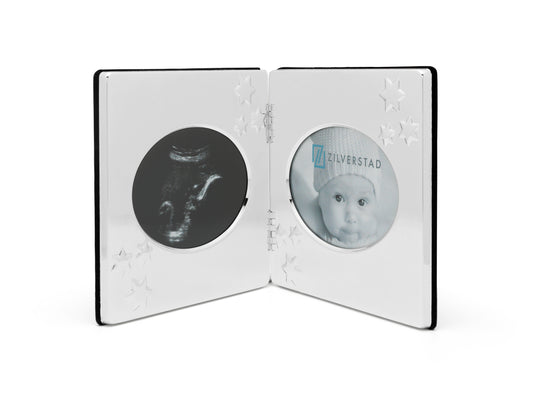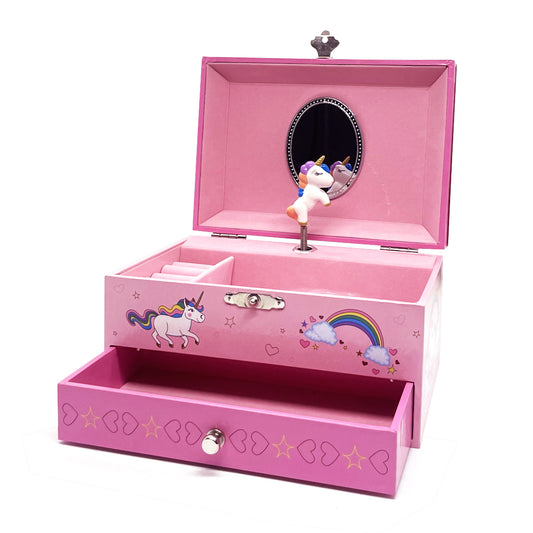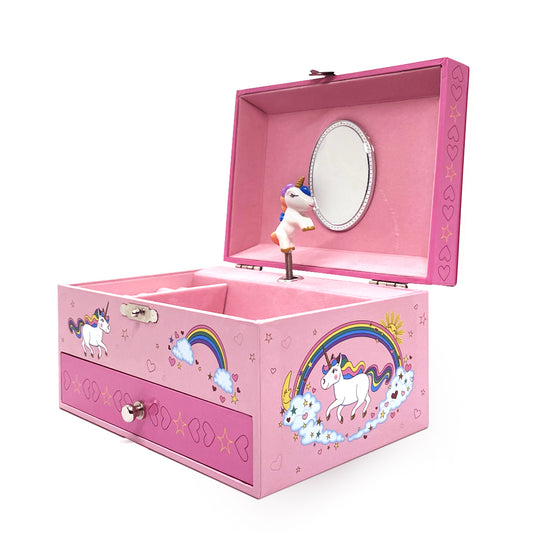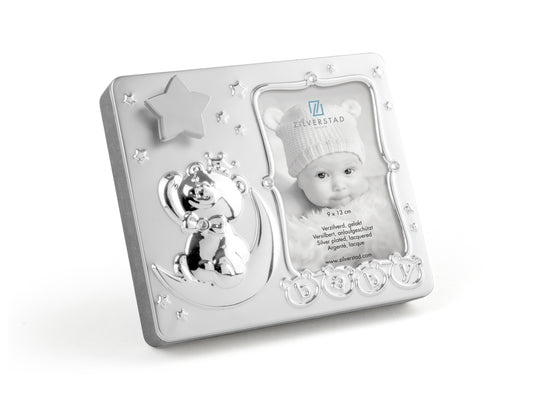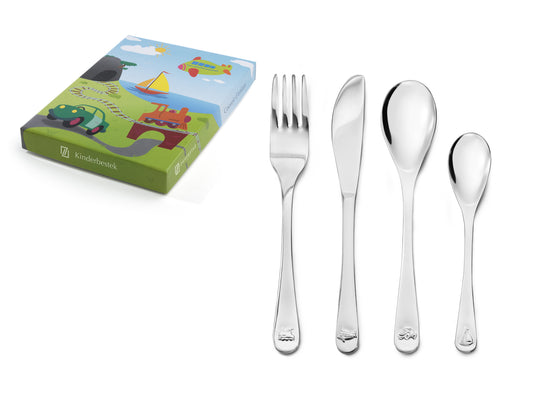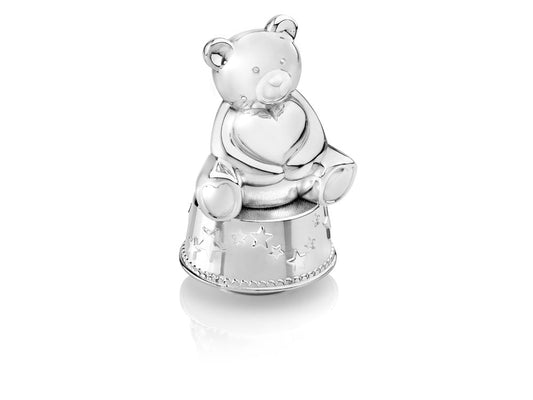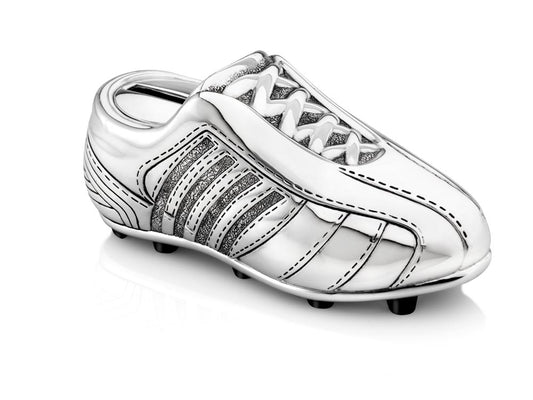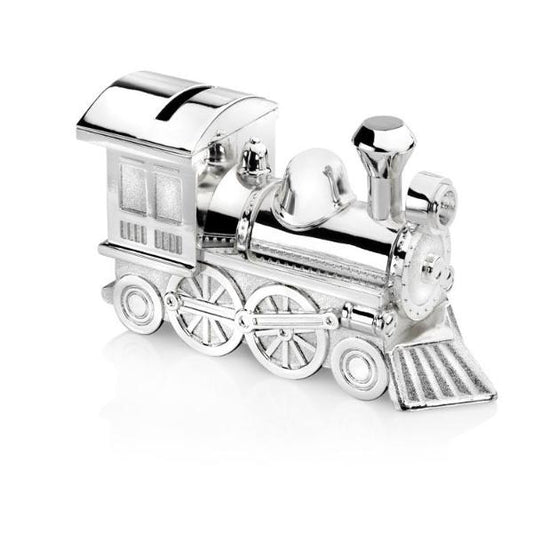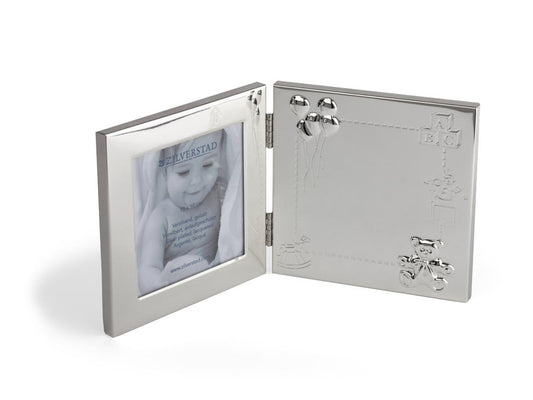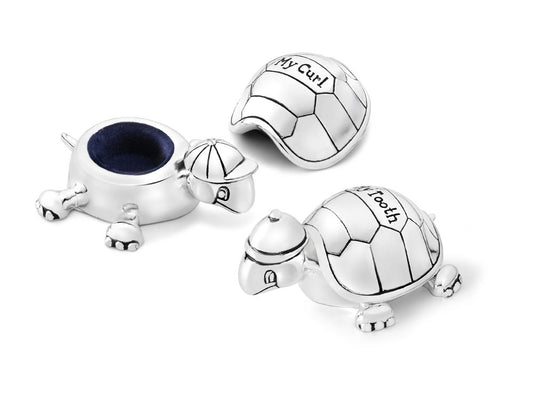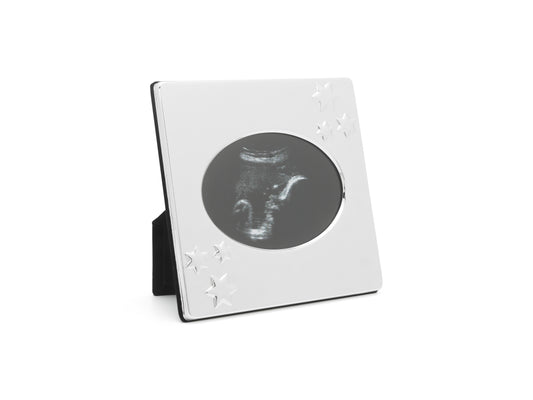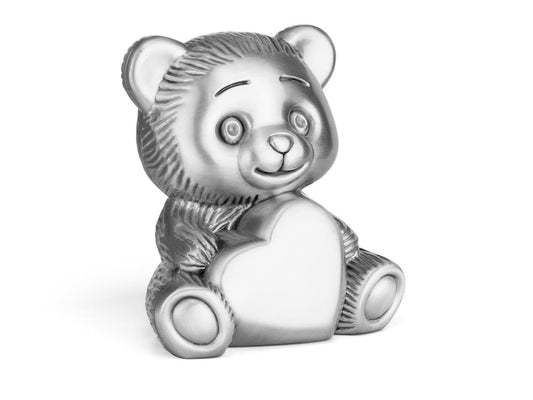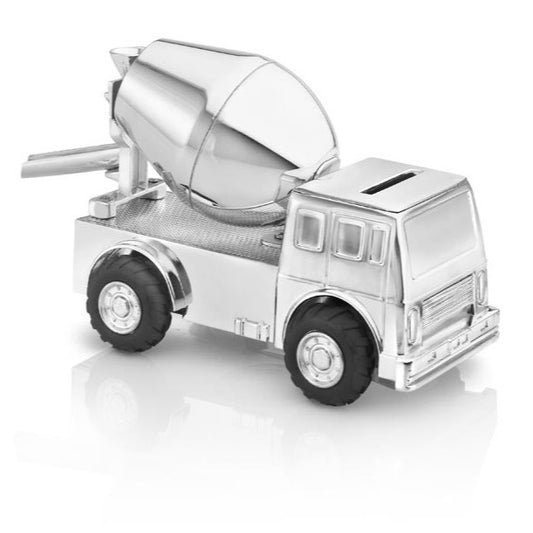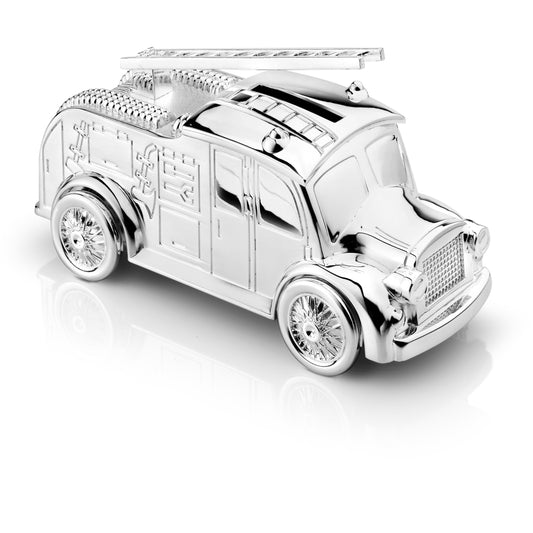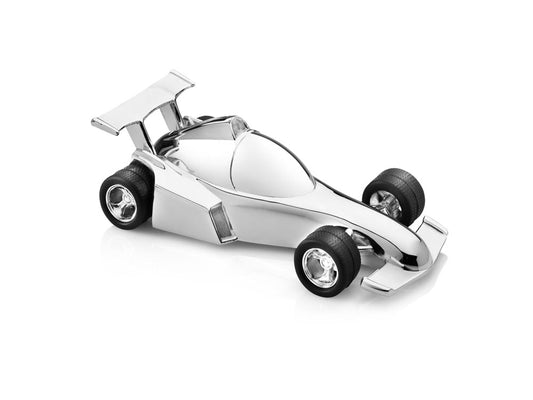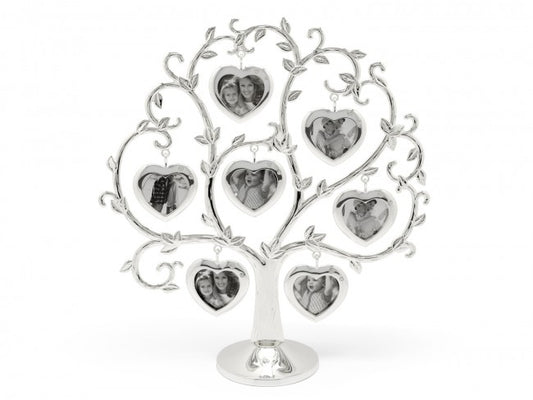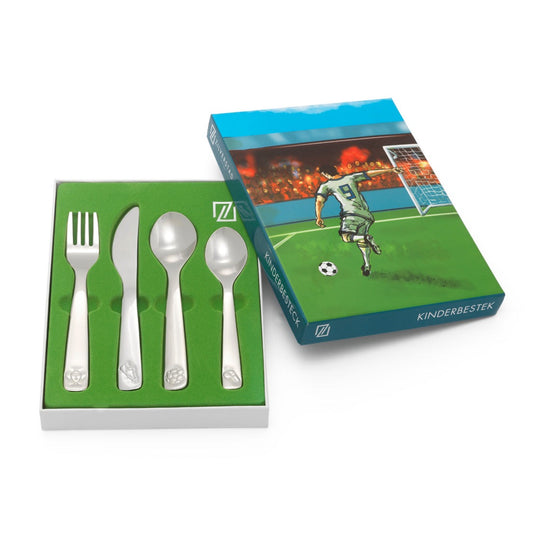Collection: Zilverstad

Zilverstad – Timeless Silver Gifts Since 1875
Zilverstad, founded in 1875 in Schoonhoven, the Netherlands’ renowned "Silver Town", has a rich legacy in silversmith craftsmanship. Originally named after its founder Pluut, the company adopted the name Zilverstad in 1953 to honor Schoonhoven's centuries-old metalwork tradition, dating back to 1375.
Today, Zilverstad is a leading Dutch brand known for its high-quality silver-plated gifts, children’s cutlery, money boxes, baby keepsakes, photo frames, and home decor. Part of the Bredemeijer Group BV since 2012, Zilverstad products are crafted from premium materials such as B90 heavy silver plating, lacquered silver, and 18/10 stainless steel.
Specializing in personalized baby gifts—from engraved rattles to music boxes—Zilverstad is the go-to brand in the Netherlands for timeless, elegant keepsakes that mark life’s most cherished moments.
-
Children's Cutlery - Construction Vehicles
Vendor:ZilverstadRegular price $39.90 SGDRegular priceUnit price / per$49.90 SGDSale price $39.90 SGDSale -
First Tooth & Hair Keepsake Box - Shoe with Laces
Vendor:ZilverstadRegular price $39.90 SGDRegular priceUnit price / per$49.90 SGDSale price $39.90 SGDSale -
Children's Cutlery - Bear with Heart
Vendor:ZilverstadRegular price $39.90 SGDRegular priceUnit price / per$49.90 SGDSale price $39.90 SGDSale -
Children's Cutlery - Forest Animals
Vendor:ZilverstadRegular price $39.90 SGDRegular priceUnit price / per$49.90 SGDSale price $39.90 SGDSale -
Photo Frame - Family Tree
Vendor:ZilverstadRegular price $63.90 SGDRegular priceUnit price / per$79.90 SGDSale price $63.90 SGDSale -
Double Sonogram Frame with Stars
Vendor:ZilverstadRegular price $31.90 SGDRegular priceUnit price / per$39.90 SGDSale price $31.90 SGDSale -
Jewelry Music Box - Unicorn
Vendor:ZilverstadRegular price $69.90 SGDRegular priceUnit price / per -
Photo Frame Baby with Music
Vendor:ZilverstadRegular price $32.70 SGDRegular priceUnit price / per$40.90 SGDSale price $32.70 SGDSale -
Children's Cutlery - Vehicles
Vendor:ZilverstadRegular price $39.90 SGDRegular priceUnit price / per$49.90 SGDSale price $39.90 SGDSale -
Money Box / Music Box - Bear with Heart
Vendor:ZilverstadRegular price $63.90 SGDRegular priceUnit price / per$79.90 SGDSale price $63.90 SGDSale -
Money Box - Football Boot
Vendor:ZilverstadRegular price $31.90 SGDRegular priceUnit price / per$39.90 SGDSale price $31.90 SGDSale -
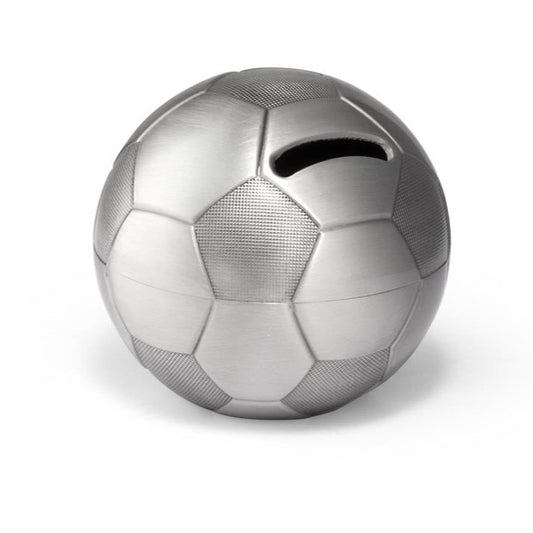 Sale
SaleMoney Box - Football
Vendor:ZilverstadRegular price $31.90 SGDRegular priceUnit price / per$39.90 SGDSale price $31.90 SGDSale -
Money Box - Locomotive
Vendor:ZilverstadRegular price $39.90 SGDRegular priceUnit price / per$49.90 SGDSale price $39.90 SGDSale -
Photo Frame - Happy Baby
Vendor:ZilverstadRegular price $27.10 SGDRegular priceUnit price / per$33.90 SGDSale price $27.10 SGDSale -
First Tooth & Hair Keepsake Box - Turtle
Vendor:ZilverstadRegular price $39.90 SGDRegular priceUnit price / per$49.90 SGDSale price $39.90 SGDSale -
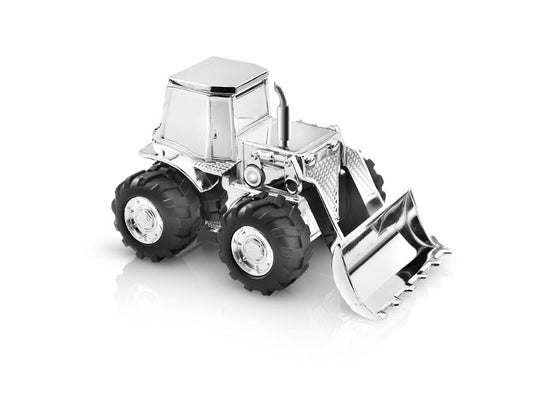 Sale
SaleMoney Box - Tractor
Vendor:ZilverstadRegular price $51.10 SGDRegular priceUnit price / per$63.90 SGDSale price $51.10 SGDSale -
Sonogram Frame - Stars
Vendor:ZilverstadRegular price $23.90 SGDRegular priceUnit price / per$29.90 SGDSale price $23.90 SGDSale -
Money Box - Bear with Heart
Vendor:ZilverstadRegular price $39.90 SGDRegular priceUnit price / per$49.90 SGDSale price $39.90 SGDSale -
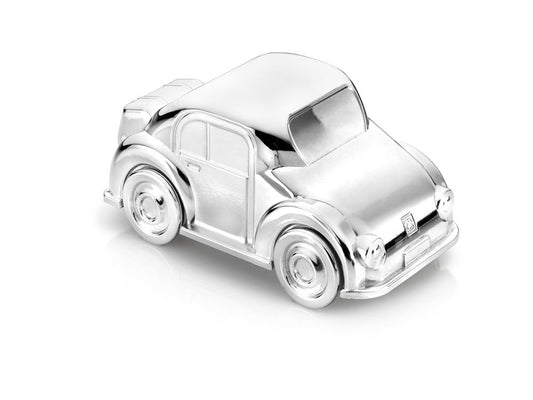 Sale
SaleMoney Box - Car
Vendor:ZilverstadRegular price $39.90 SGDRegular priceUnit price / per$49.90 SGDSale price $39.90 SGDSale -
Money Box - Cement Truck
Vendor:ZilverstadRegular price $51.10 SGDRegular priceUnit price / per$63.90 SGDSale price $51.10 SGDSale -
Money Box - Fire Engine
Vendor:ZilverstadRegular price $47.90 SGDRegular priceUnit price / per$59.90 SGDSale price $47.90 SGDSale -
Money Box - Racing Car
Vendor:ZilverstadRegular price $43.10 SGDRegular priceUnit price / per$53.90 SGDSale price $43.10 SGDSale -
Family Tree Heart 2 x 7 Photo Frame
Vendor:ZilverstadRegular price $55.95 SGDRegular priceUnit price / per$69.95 SGDSale price $55.95 SGDSale -
Children's Cutlery - Football
Vendor:ZilverstadRegular price $39.90 SGDRegular priceUnit price / per$49.90 SGDSale price $39.90 SGDSale

